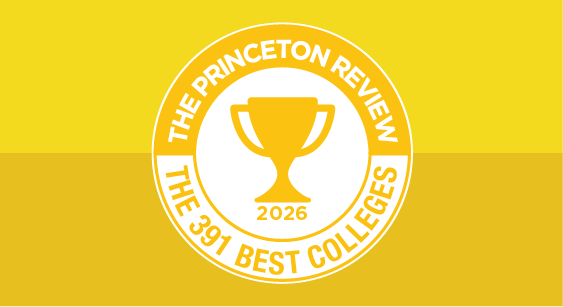One of the great benefits of the AP program is that, with a good score, you might have the opportunity to earn college credit for the college-level courses you take in high school. With AP History courses in particular, how are you supposed to know what events over the past hundreds of years are going to be covered in a three hour test?! Don’t fret. Here are some tips to help you sort through what you’ve learned in your AP class and nail that AP history exam!

Consider the Bigger Picture for the AP History Exam
It's very challenging to memorize centuries of history! Instead, learn to distinguish between big, major events—which you should memorize—and smaller events that you may be able to roll up into an overall big idea For instance, if the main ideas for a given period of time are revolution and industrialization, make sure you understand how smaller events supported those themes. That is, don't just write down every detail you learn each day: make a point of synthesizing and associating those facts in the bigger picture they tell about that era.
To help you know what to focus on, check out the official AP page for your course. There, the College Board has helpfully provided overviews of every course, including a breakdown of the different eras for each AP History exam. You can also supplement your AP History textbook with study materials that are more focused on helping you prepare for the exam. These complementary sources will give you the framework to help you organize and synthesize the material you’re learning. If self-guided preparation seems overwhelming, look into private tutoring or AP Prep courses with expert tutors who can help you maximize your study time.
Focus on Historical Thinking
AP History exams are not trivia tournaments! While the content of these courses and exams is obviously important, the College Board is also concerned with testing your “ historical thinking skills .” These skills simply describe what you should be able to do while exploring course topics, such as analyzing sources, synthesizing multiple documents, and making historical arguments.
To make sure that you're sharpening those skills, look to your class assignments. When you get back a graded assignment, actively review its content, particularly in subject areas that you feel shaky on. Focus on how well you analyzed documents and demonstrated your historical thinking skills. If you’re unclear on where you need to improve, ask your teacher! They’re not only content experts but are also well versed in the AP test and standards.
Answer Practice AP History Questions
One great way to improve your score is through practice: the more questions you answer, the more familiar you'll be with how to answer them. You'll also better identify which eras you may need to spend more time reviewing. In addition to reviewing classwork, once February or March rolls around, spend more time working AP questions that aren’t provided to you by your teacher. This includes everything from drills and a handful of practice multiple choice or essay questions to completing a full, timed practice test. The reason we suggest you wait until a few months before the exam is because, by then, you’ll have covered enough content to get the most of out additional practice. For additional practice tests as well as useful explanations, pick up one of our AP Prep books; the sample materials on the College Board’s site, AP Central , might not be enough.
As you make your way through your study questions, note content areas that you want to brush up on and any historical thinking skills or question types that you are struggling with. If you look for trends in your practice tests, you’ll be better able to identify what areas need the most amount of attention as test day nears.
We’re confident that you can master your AP history content and perform your best on the AP exams in May! With plenty of supporting study materials, outstanding teachers, and a game plan, you’ll be more than prepared. For more on APs and college readiness, subscribe to our YouTube channel .
Read More
Explore Colleges For You
Connect with our featured colleges to find schools that both match your interests and are looking for students like you.
Get Started on Athletic Scholarships & Recruiting!
Join athletes who were discovered, recruited & often received scholarships after connecting with NCSA's 42,000 strong network of coaches.
Best 391 Colleges
170,000 students rate everything from their professors to their campus social scene.



